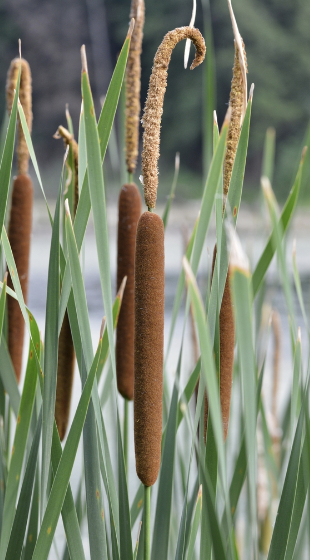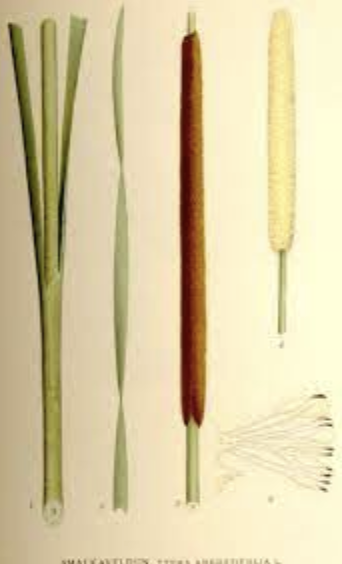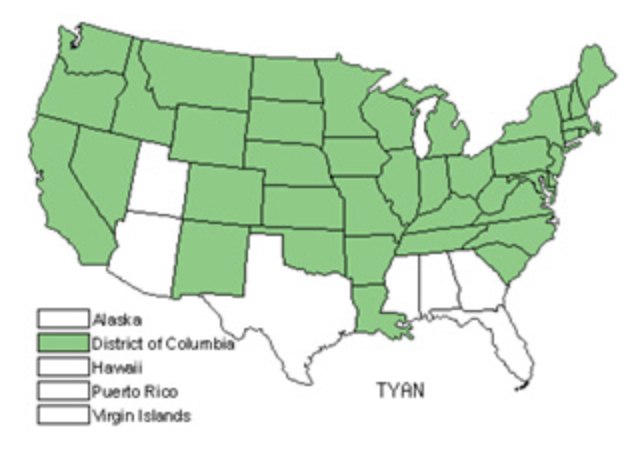Invasive Species of the midwest: A Soil Sci 101 Project
Narrow Leaf Cattail
This species’ main threat to native wildlife is in how they limit biodiversity

Overview
Narrowleaf cattails inhabit various environments, thriving in various marshes, meadows, ditches and shallow waters (DNR). While very common throughout the Midwest, the narrowleaf cattail is actually native to Eurasia, though is widely established throughout the continental United States. As this species enjoys nutrient-rich soil and wide, open spaces, cattails are especially abundant in the Midwest, so much so that estimating the population in the region is nearly impossible. Commonly considered a weed, cattails are fast-growing and can grow 3 to 6 feet tall, with massive leaves of up to 5 feet long (Invasion). As such, this species’ main threat to native wildlife is in how they limit biodiversity. Further, they have thick roots and clustered leaves which disrupt animals who would ordinarily make a home burrowing in meadows, such as moles and other small rodents (DNR). Controlled burns or cutting and submerging all cattail stems are the most effective methods to combat the cattails that have invaded our meadows and marshes, while also leaving native flora mostly unharmed.


Quick Facts!
- Scientific name: Typha Angustifolia
- Habitat:
- Found in wetlands including marshes, meadows, ditches, shallow ponds, streams & lakeshores
- Likes nutrient rich or slightly saline soils & dislikes shade
- How to control them:
- Goal is to control spread & density
- Cut all stems (even the dead ones) & submerge them
- Maintain high water levels, because they grow better in shallower water
- Control burn
- Foliar spray with aquatic approved imazapyr can also be used
- Can be 3 to 6 feet tall, with leaves 2 to 5 feet long
- Flowers in midsummer (brown ends that can be 2 to 6 inches long)
- Limits biodiversity
- Thick roots & clustered leaves makes it hard for other species to grow & survive
- Many wetlands that used to have a lot of biodiversity are now filled with Narrow-Leaved Cattails
- Native to Eurasia
- Lives in most states around the US, besides some southern states
- Population is unknown, but they are quite abundant
